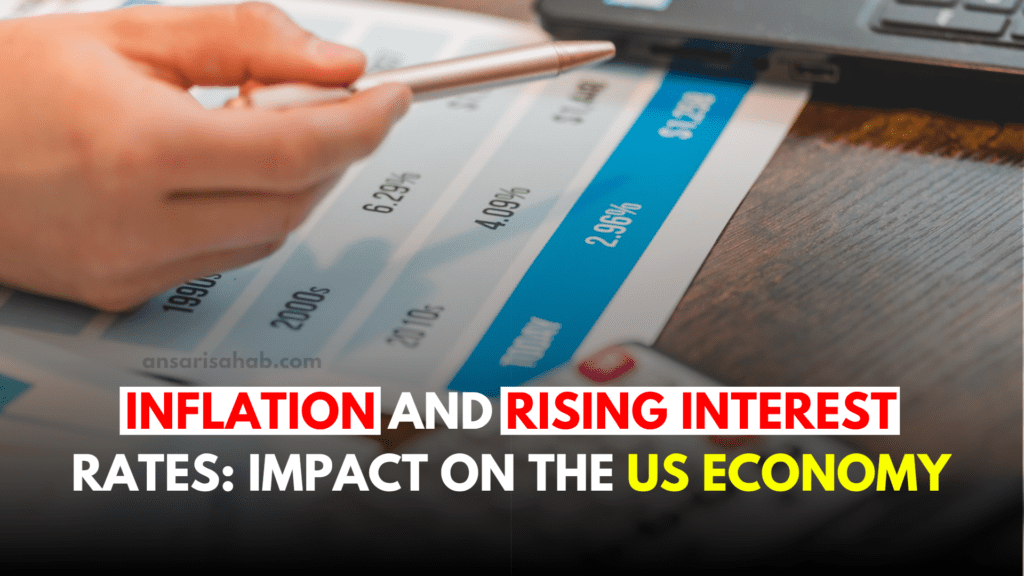U.S. 30-year mortgage rates eased modestly this week but remained above 6%, with state-by-state averages showing pockets of variation as prospective buyers weighed higher borrowing costs and a still-hesitant housing market. National measures hovered in the mid-6% range on Nov. 7–8, according to a cross-section of industry trackers, while a Yahoo Finance map showed differences across states driven by local housing markets and lender pricing.
Rates tick down modestly, but remain elevated
The national snapshot Tuesday showed the popular 30-year fixed mortgage averaging roughly 6.2–6.3%, a modest pullback from recent peaks but above historical norms that continue to constrain affordability. The Wall Street Journal and Bankrate reported a U.S. average of about 6.26% on Nov. 7, while Freddie Mac figures compiled by market trackers put the 30-year rate in the low 6.2% range.
State-level data compiled by Yahoo Finance’s “Mapped” feature highlights how local lender behavior, housing demand and regional cost-of-living differences translate into dispersion in mortgage pricing: some states show averages a few tenths below the national mean, while others — typically higher-cost coastal markets — register rates above it. The map underscores that headline national rates mask meaningful regional variation.
Why rates moved and what could push them lower
Mortgage rates generally follow the yield on 10-year Treasury notes and react to Federal Reserve guidance, inflation expectations and macroeconomic data. Traders and lenders trimmed some risk premiums after recent Fed commentary and softer-than-expected economic reads, helping push long-term Treasury yields slightly lower and allowing mortgage rates to ease. Still, market participants caution that further declines are not guaranteed without a clearer path of lower inflation and additional Fed rate cuts.
Analysts say the bar for a sustained retreat below 6% nationally is significant. A Wall Street Journal analysis this week laid out scenarios under which 30-year rates could slip under that threshold — chiefly, a decisive downshift in Treasury yields and an acceleration of Fed easing — but stressed such a move would require more persistent signs of cooling in the labor market and inflation than have yet appeared.
Regional picture: which states saw the biggest gaps
The Yahoo Finance state map shows the greatest divergences in areas where mortgage competition and local costs differ. Lower-cost Sun Belt states and parts of the Midwest tended to report slightly lower average quotes, reflecting both lender competition and smaller loan sizes that attract more favorable offers. By contrast, pockets of the Northeast and West — where home prices and loan amounts are larger — often saw higher quoted averages. The state map is useful for homebuyers who may be shopping across state lines or comparing lender offers within a metropolitan area.
Industry trackers such as Bankrate and Zillow continue to publish lender-level snapshots that can differ by several basis points from the national averages because of differing sample sets and methodologies; borrowers with strong credit and large down payments can still secure below-average pricing, while those with smaller down payments or less-than-prime scores will see higher rates.
Market reaction and borrower behavior
Higher mortgage rates have kept many prospective buyers sidelined. Data from earlier weeks show mortgage application volumes and home-purchase activity subdued even as refinance demand ticked up modestly when rates briefly fell. Real-time pricing movements influence borrower decisions: a decline of 20–30 basis points can prompt a surge in refinancing applications, while even small upward moves can stall purchase activity.
Lenders and brokers say demand is now bifurcated: borrowers who locked in rates earlier this year with sub-6% mortgages are largely inert, while those still shopping are sensitive to day-to-day quoted rates and closing costs. Mortgage calculators and affordability tools remain popular as consumers test scenarios for 15-year, 20-year and 30-year terms and use credit score upgrades, additional down payment or rate-buydown strategies to lower monthly payments.
What experts advise prospective buyers and refinancers
Mortgage specialists recommend that buyers focus less on headline averages and more on personalized quotes. “The published national rate is a useful benchmark, but your actual rate depends on your credit score, loan size, down payment, and the lender’s pricing,” said a senior mortgage strategist at a national bank. Lenders also encourage locking if rates move above a borrower’s target threshold to avoid last-minute increases between preapproval and closing. (Source: lender and market commentary.)
Refinancers, meanwhile, are weighing whether incremental savings justify closing costs. Industry guidelines suggest that, for many homeowners, a difference of roughly 0.5 percentage point or more can make refinancing worthwhile — but the calculus depends on individual circumstances and how long the homeowner plans to keep the mortgage. Tools such as mortgage calculators remain essential to model break-even points.
Outlook: gradual easing, not a rapid return to low rates
Forecasters generally expect mortgage rates to remain in the mid-6% range for the coming months unless there are sizable, sustained drops in Treasury yields or a clear signal of easing from the Federal Reserve. The National Association of Realtors and other forecasters had earlier suggested a 2025 average near 6%, a level that would represent a softening compared with earlier in the year but still higher than the sub-4% era seen in the wake of pandemic policy. Market watchers say any further meaningful declines will hinge on macroeconomic surprises.
Practical takeaway for readers
Borrowers should compare lender quotes, consider pricing at the state and local level, and use mortgage calculators to assess trade-offs between rate, term and closing costs. For many, incremental rate moves will determine whether to buy, refinance, or wait — and in the current environment, small changes in Treasury yields can quickly shift the calculus.









